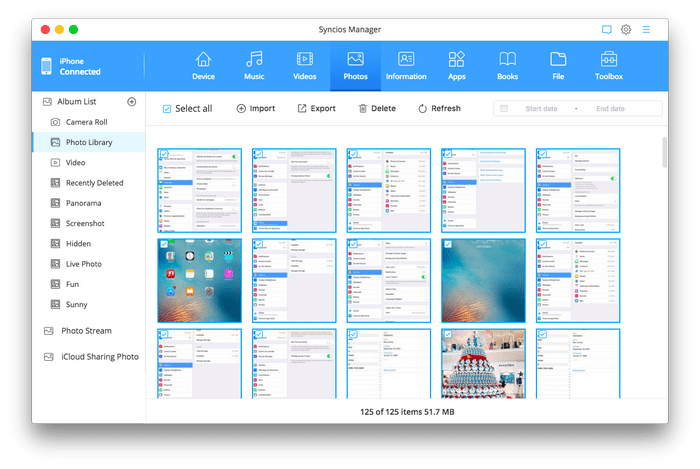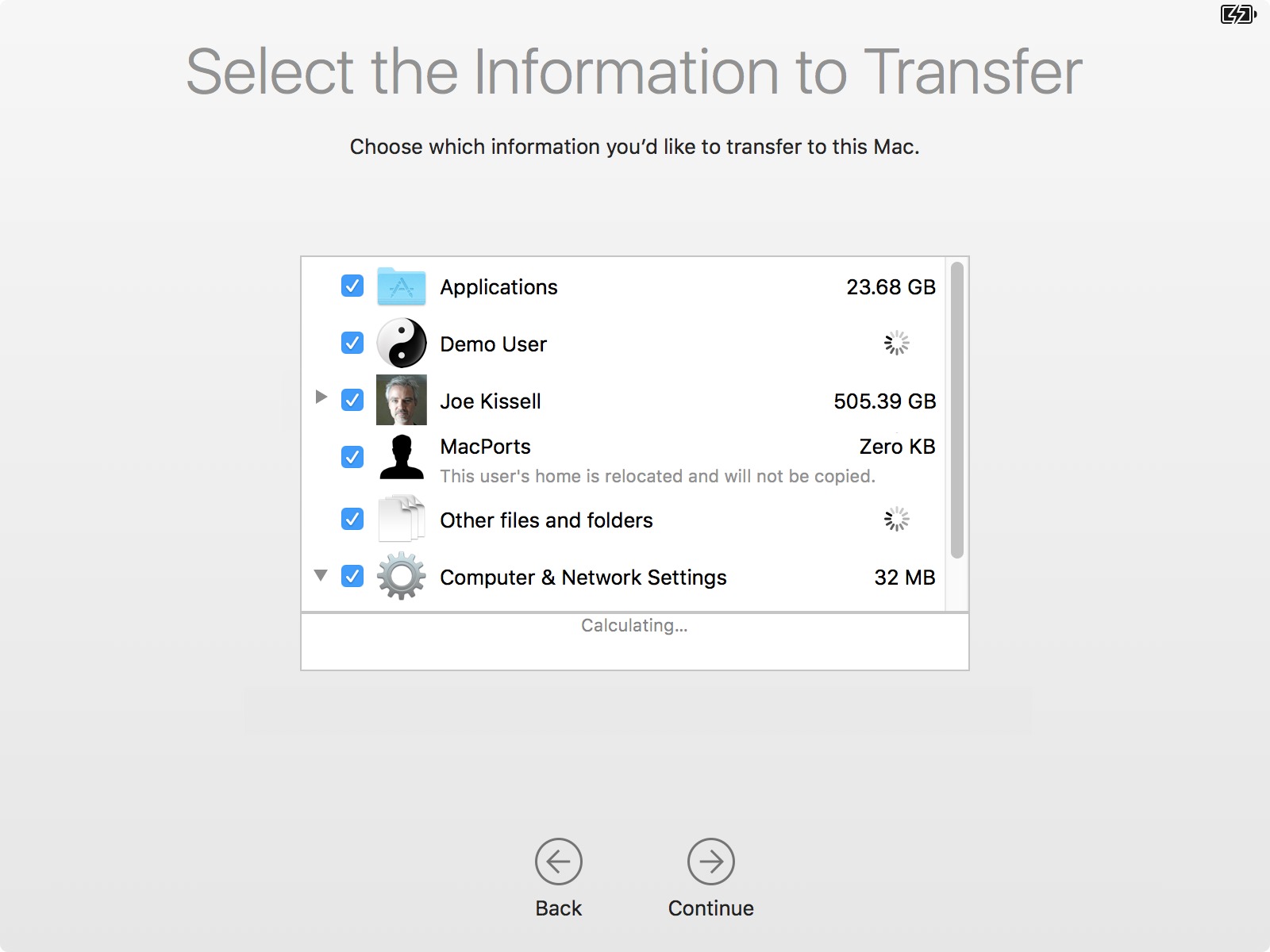

- #How do you select all for picture transfer on mac free
- #How do you select all for picture transfer on mac mac
To select an item, click on its thumbnail. Use the Export button for much finer grained control over what you export. If you export assets to your desktop in this way, default export settings will be applied. 💡 Drag and drop: most actions can be achieved by drag and dropping items to or from iMazing's window. 
If nothing is selected, only the Import action will be enabled. ActionsĮxport, Import and Delete action buttons are available here. By default, this range is set to encompass the date of the first and last asset in your device's photo library. You can instruct iMazing to only display photos from a specific date range using this control. On macOS, they can be manually entered in the Photos app. The following fields are indexed and will return search results: IMazing's search bar (top toolbar) is implemented in Photos too. Use this slider to adjust the size of icons in the view.
The Table View displays photos in a table, ideal to see all available fields at a glance and sort by size, size, date or location. The Grid View displays photos in a grid, with a floating date range badge. The Moments view displays photos aggregated by location and date. #How do you select all for picture transfer on mac mac
From my Mac albums are albums which you've synced with iTunes or the Finder, or created with iMazing. Bursts will display all frames of burst photos (other albums will display the key frame only). You can also export entire albums by drag and dropping them to your desktop, or by opening a context menu on an album with a secondary click. Here, you can select which album or smart album to browse. This is the default view iMazing displays once it has loaded your iOS device's photo library. If you've already paired your iOS device with iMazing, you can even access your device's photo library via Wi-Fi, no USB connection required. iMazing will start loading your photo library straight from your mobile device, and let you browse it while it's still loading thumbnails in the background. If the external hard drive is USB 2.0 spec, and you have a lot of photos, this could take more than just a couple of minutes.Connect your iPhone, iPad or iPod touch to your computer and click the Photos icon. Step 5: Click ImportĬlick the “Import” button and wait until the transfer is done. Now select the folder in the external hard drive as a source. Step 4: Select Destinationīy default, photos will be imported in the Pictures folder. You can either use the keyboard shortcut Cmd + A to select all or just individually check mark all the images you want to import. You’ll now see a list of all the photos on your iPhone or iPad right there. To launch it, search for “Image Capture” using Spotlight search (using Cmd + Space shortcut).Īfter you launch it, find your iOS device in the left sidebar and click on it. Image Capture on Mac is one of the most underrated utilities. The first thing you need to do is connect your iPhone or iPad to your Mac using the USB to Lightning connector you got with your device. Step 2: Connect Your iOS Device To Your Mac If that’s the case, you’ll need to first reformat the hard drive to FAT format. If it doesn’t then it might not be formatted to use with a Mac (most external hard drives aren’t). Copy something to the hard drive from the desktop just to make sure it works. Step 1: Connect Your External Hard Drive To Your Macįirst, connect the hard drive to your Mac and make sure it shows up in the Finder’s sidebar. 
If you want to do the same, follow the process below. I periodically back up my photos to the external hard drive (last time I did was right before installing iOS 13). That’s where my 1 TB external hard drive comes in. And because my Mac is the 128 model (never again), I can’t really dump 40 gigs of photos on there.
#How do you select all for picture transfer on mac free
If you’re looking for a completely free option – Google Photos is also an awesome alternative.īut I also like to have a local backup of all my photos. I recommend using iCloud Photo Library – it’s built right in. The best thing you can do for your photos is to enable cloud backup.

It’s amazing how quickly my 64 GB iPhone fills up with just the photos.








 0 kommentar(er)
0 kommentar(er)
